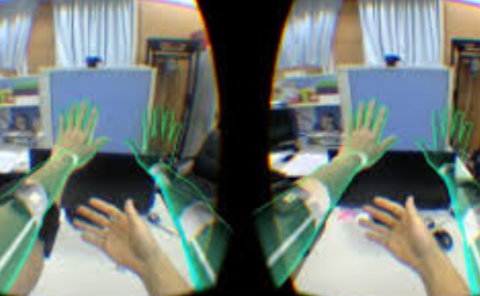Comparison of Subjective Quality Evaluation for HEVC Encoded Omnidirectional Videos at Different Bit-rates for UHD and FHD Resolution
PubDate: October 2017
Teams: Technical University of Ilmenau;Deutsche Telekom AG;Zhejiang University
Writers: Ashutosh Singla;Stephan Fremerey;Werner Robitza;Pierre Lebreton;Alexander Raake

Abstract
In this paper, we perform subjective quality evaluation studies for HEVC/H.265-encoded omnidirectional videos at different bit-rates for two different resolutions (FHD and UHD) on an Oculus Rift. Results of these tests provide insight into appropriate coding and resolution settings for given bitrate constraints, for example in an HTTP-based streaming (HAS) context. Subjective quality judgements were collected on a 5-point Absolute Category Rating (ACR) scale. Further, we collected head motion data during viewing and rating. Working towards the technical goal of subjective evaluation for different resolutions and bit-rates, we address aspects of how to conduct respective viewing tests, involving information from head-rotation tracking (yaw and pitch) and motion-sickness questionnaires. Quality adaptation (in terms of resolution and bit-rate) of omnidirectional videos is an important feature of media streaming. Its effect on subjective quality evaluations of 360° video has not been investigated so far. To utilize network and processing resources efficiently, limitations in the resolution of current Head Mounted Displays (HMDs), with typically 2160 x 1200 pixels per view, may be exploited. The subjective test results provide indications for boundaries between resolution and quantization scaling. To discuss the merits of the applied subjective test method, we compare simulator sickness scores along with behavioral data.


